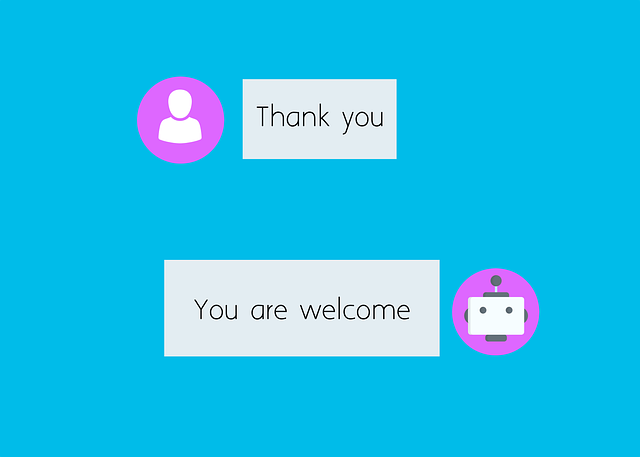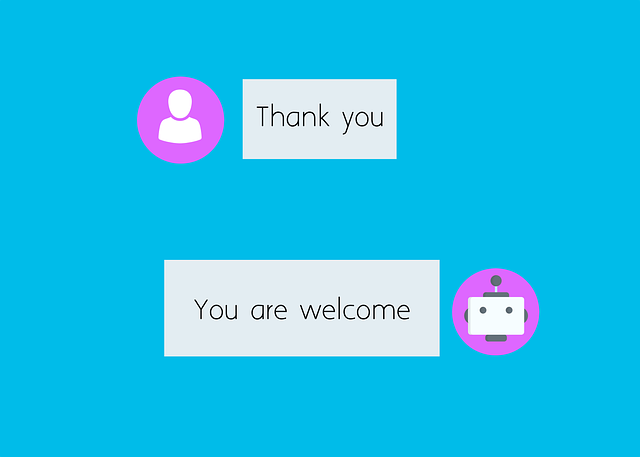Chatbots, powered by artificial intelligence and natural language processing, are transforming customer interactions across industries. They offer 24/7 support, handle tasks from simple queries to complex issues, and collect valuable data for strategic improvements. Modern AI chatbots learn from vast datasets to provide personalized interactions and recommendations. Implementing chatbots requires strategic planning, channel integration, and continuous improvement based on user feedback. Success is measured through key metrics like user satisfaction, response accuracy, conversation length, and query resolution time, justifying continued investment in this game-changing technology.
“Chatbots are transforming business operations, revolutionizing customer engagement, and streamlining workflows. This comprehensive guide delves into the world of chatbots, offering insights on their basic functionality and immense potential. We explore the benefits of integrating these AI-driven tools, ranging from cost reduction to 24/7 support. From simple rule-based bots to advanced AI solutions, we categorize chatbot types and provide strategic integration methods. Learn how to measure success with key performance indicators, ensuring your chatbot investments yield tangible returns.”
- Understanding Chatbots: The Basics and Their Functionality
- Benefits of Implementing Chatbots in Business Operations
- Types of Chatbots: From Simple to AI-Powered Solutions
- Integrating Chatbots: Strategies for Seamless Deployment
- Measuring Success: Evaluating Chatbot Performance and ROI
Understanding Chatbots: The Basics and Their Functionality

Chatbots, powered by artificial intelligence, are computer programs designed to simulate human conversations through text or voice interactions. They operate using natural language processing (NLP) and machine learning algorithms, enabling them to understand user inputs, interpret intentions, and generate appropriate responses. These virtual assistants can perform various tasks, from answering simple queries to handling complex customer support issues.
The functionality of chatbots spans across industries, offering solutions tailored to specific business needs. They can act as 24/7 customer service representatives, providing instant support and reducing response times. In sales, chatbots assist customers in finding products, offer recommendations, and even facilitate the checkout process. Additionally, they excel in marketing through personalized interactions, lead generation, and gathering valuable customer insights.
Benefits of Implementing Chatbots in Business Operations

Implementing chatbots in business operations offers a myriad of benefits that can significantly enhance efficiency and customer experience. These AI-driven tools are designed to handle various tasks, from answering simple queries to managing complex interactions, thereby reducing the workload on human customer service representatives. Chatbots can operate 24/7, ensuring immediate responses to customer inquiries, which improves customer satisfaction by cutting down response times.
Moreover, chatbots can collect valuable data and insights during conversations, helping businesses understand customer needs better. This information can be leveraged to improve products, services, and overall business strategies. By automating repetitive tasks, chatbots free up human agents to focus on more critical, creative, and personalized aspects of their roles, fostering a more efficient and productive work environment.
Types of Chatbots: From Simple to AI-Powered Solutions

Chatbots have evolved significantly, ranging from simple rule-based systems to advanced AI-powered solutions. The former relies on pre-programmed responses to handle basic queries, while the latter leverages natural language processing (NLP) and machine learning algorithms to understand and generate human-like text.
AI-powered chatbots use vast amounts of data to learn and improve over time, enabling them to provide personalized interactions and complex support. They can navigate intricate conversations, adapt to different user inputs, and even make recommendations based on user preferences and behaviors. This level of sophistication makes AI chatbots invaluable assets for businesses, enhancing customer service, streamlining operations, and driving sales.
Integrating Chatbots: Strategies for Seamless Deployment

Integrating chatbots into a business’s operations requires careful planning and strategies for seamless deployment. The first step is to identify the right channels and platforms where customers frequently engage, such as websites, messaging apps, or social media. This ensures that the chatbot is accessible and convenient for users. A well-defined customer journey map should be created to understand user interactions and pain points, allowing businesses to program the chatbot with relevant responses and functionalities.
To achieve a smooth integration, companies can opt for platform-specific chatbots or develop custom solutions based on their unique requirements. Platform-specific bots offer quick deployment and pre-built features, while custom-built options provide more flexibility and customization. Regardless of the approach, ensuring compatibility with existing systems and data security protocols is vital. Regular testing, user feedback collection, and continuous improvement will contribute to a successful chatbot implementation that enhances customer experiences.
Measuring Success: Evaluating Chatbot Performance and ROI

Measuring the success of a chatbot implementation goes beyond simple adoption rates; it’s about evaluating performance and Return on Investment (ROI). Key metrics include user satisfaction scores, response accuracy, average conversation length, and resolution time for queries. By tracking these, businesses can gauge how effectively their chatbots are handling customer interactions.
For instance, higher user satisfaction indicates that the chatbot is providing helpful and relevant responses, while accurate response rates highlight its reliability. A longer average conversation might suggest more complex issues being resolved, impacting business costs. Ultimately, aligning chatbot performance with clear business objectives and measuring ROI helps justify further investment in these AI technologies.
Chatbots have emerged as powerful tools for businesses, offering enhanced customer service, improved operational efficiency, and increased profitability. By understanding their functionality, leveraging their benefits, and strategically deploying them, companies can harness the full potential of these AI-driven solutions. From simple rule-based bots to advanced AI-powered chatbots, the options cater to diverse business needs. Integration strategies ensure seamless interactions with existing systems, while measuring success through performance metrics and ROI analysis allows for continuous improvement and optimization. Embrace the future of customer engagement and operational excellence with chatbot technology.
